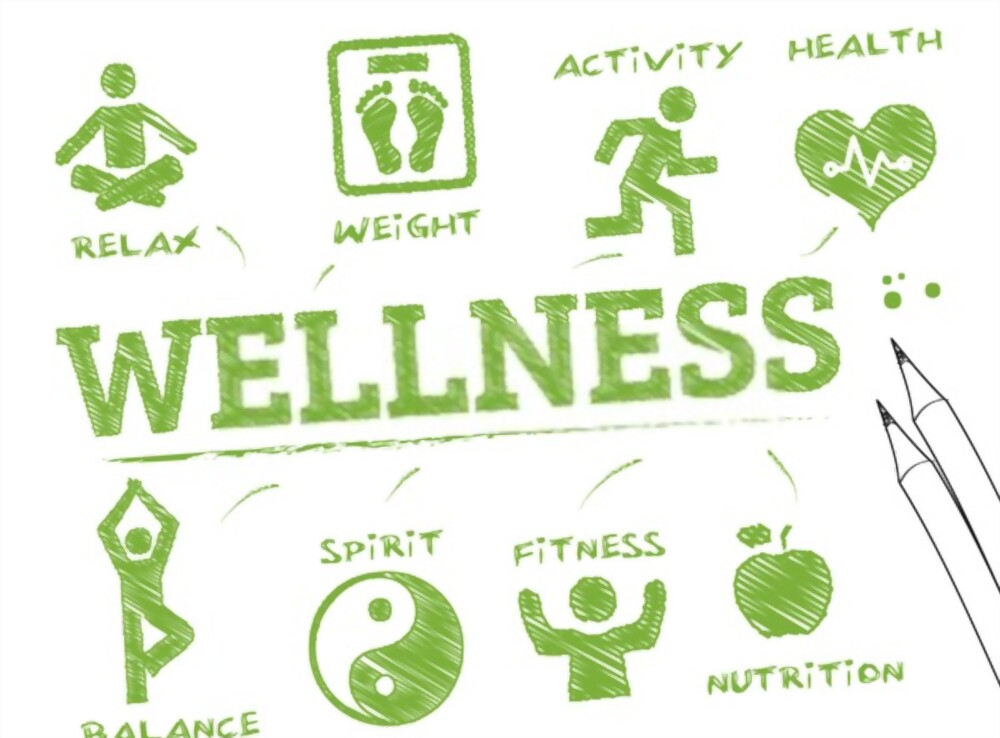How Do Health and Wellness Differ?
Health and wellness refer to the quality of life; it implies the state of being fit and healthy. What are health and wellness? The definition has been around for a long time but what is being discussed now is that there are different types of health and wellness. It may be based on beliefs, practices, programs, organizations, and even communities.
The definition can also be said to be concerned with optimal health and fitness. The concept of health and wellness concentrates on three aspects. Physical aspects include health, physical capacity, and the capability to meet basic needs. Mental aspects include social well-being, emotional well-being, and the ability to manage resources.
There are four aspects of mental health and wellness. Mental wellness, therefore, consists of the four components as described earlier. Mental health and wellness encompass the four aspects of physical, emotional, social, and cognitive health. These four aspects, when combined, provide the concept of health and wellness.
One of the major differences is in regard to the perspective on the importance of nutrition and exercise for health and well-being. Health and wellness may be equated with optimal health but this is not always the case. Some groups consider it as the sum of all the good health qualities in people. In an occupational wellness program, the learner will be taught to adopt an effective work environment that promotes health. It involves workplace communication skills, attitudes, health and safety rules and regulations, as well as healthy workstations. Learning about occupational stress will be part of the curriculum.
Another area of discussion is exercise. Most people are now aware that physical health refers to the total condition including the mind, body, and spirit. Mental health refers to the capacity to cope with work and other demands and to enjoy one’s life. The difference between the two is that physical health refers to losing weight, while mental health refers to being balanced and optimistic about life.
Environmental wellness refers to the factors that contribute to health and well-being. It includes the behavior of individuals towards their health and environment. An environmental wellness program will teach you how to protect yourself against potential illness and how to reduce your risks. For occupational wellness, the environment will be given more attention as part of occupational wellness programs. Some programs involve teaching workers on how to reduce wastes and improve efficiency.
This is not a comprehensive list but it gives an overview of some of the major elements that are involved in health and wellness education. Health and well-being are an ever-changing dynamic process. What we understand as being health today may be considered unhealthy tomorrow. We have to constantly update ourselves about what is happening in the world and how it can affect us. Education helps us become more aware of what we already know and how it affects our health and the health of the world around us. It is a dynamic process that can only bring us closer to one another.
Health and wellness programs should encourage physical activity. Physical activity is a major determinant of good health and physical activity relieves stress, improves mood and self-esteem, improves cardiovascular fitness, decreases blood pressure, increases muscle strength, decreases fat and increases bone density. This is because stress and lack of exercise causes us to be less efficient at doing physical activities like sitting down, walking, and climbing stairs. Physical activity is a major component of a healthy and active life. Activities such as walking, jogging, swimming, gardening, and aerobics help us maintain a healthy body and improve our well-being. In short, we get the best of both worlds when we engage in physical health and wellness programs.










